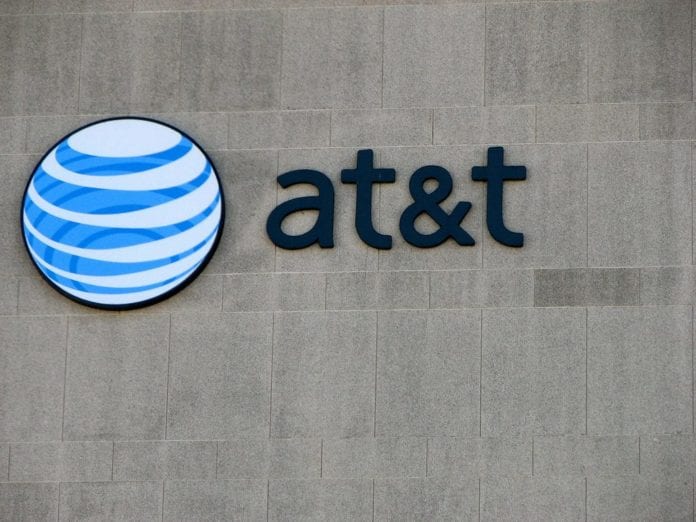The lack of available 5G-enabled devices offered by AT&T remains an issue
AT&T’s ongoing extension of 5G coverage is holding steady, as almost exactly a month after its last wave of deployments, the operator has announced 13 additional cities now covered by its low-band 5G network.
The new cities include: Atlantic City, New Jersey; Bakersfield, Modesto, Oxnard, Santa Barbara and San Luis Obispo, California; Boston and New Bedford, Massachusetts; Dayton, Ohio; Frederick, Maryland; Liberty, Georgia; St. Louis, Missouri; and Wichita, Kansas.
To date, AT&T now has a 5G market total of 32 cities, as well as 35 cities with very limited, millimeter-wave-based “5G+” coverage.
Unlike AT&T’s 5G network for business clients, which uses millimeter wave frequencies to provide faster speeds, the commercial variety is low-band 5G and uses a portion of the carrier’s 850 MHz spectrum. Low-band 5G will rely on the same airwaves that LTE has used, and while it won’t quite hit the super-fast speeds made possible with large swathes of mmWave spectrum, it will have better penetration and coverage characteristics.
However, even as AT&T’s coverage continues to expand, bringing it closer to the goal of nationwide 5G coverage by the second quarter of 2020, the lack of available compatible devices offered by the operator remains an issue. There is only one option for consumers looking to access the next-generation network: Samsung’s Galaxy Note 10 Plus 5G.
Because the device is priced at $1,300, and because users are required to have one of AT&T’s recent Unlimited Extra or Elite data plans to utilize the 5G network, the new offering may remain a premium service for some time.
According to RootMetrics, its most recent network speed testing showed that AT&T performed particularly well. At the metro level, the carrier delivered median download speeds of at least 40 Mbps in more markets (37) than any other carrier in the second half of 2019: 37 markets, according to RootMetrics. In 10 of those metro markets, it had median download speeds faster than 50 Mbps.
Read the full report from RootMetrics here.

